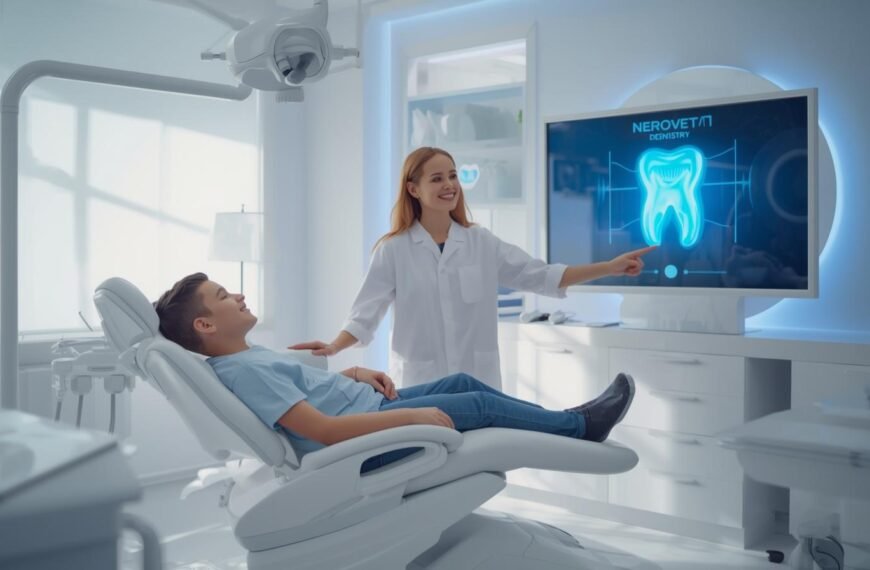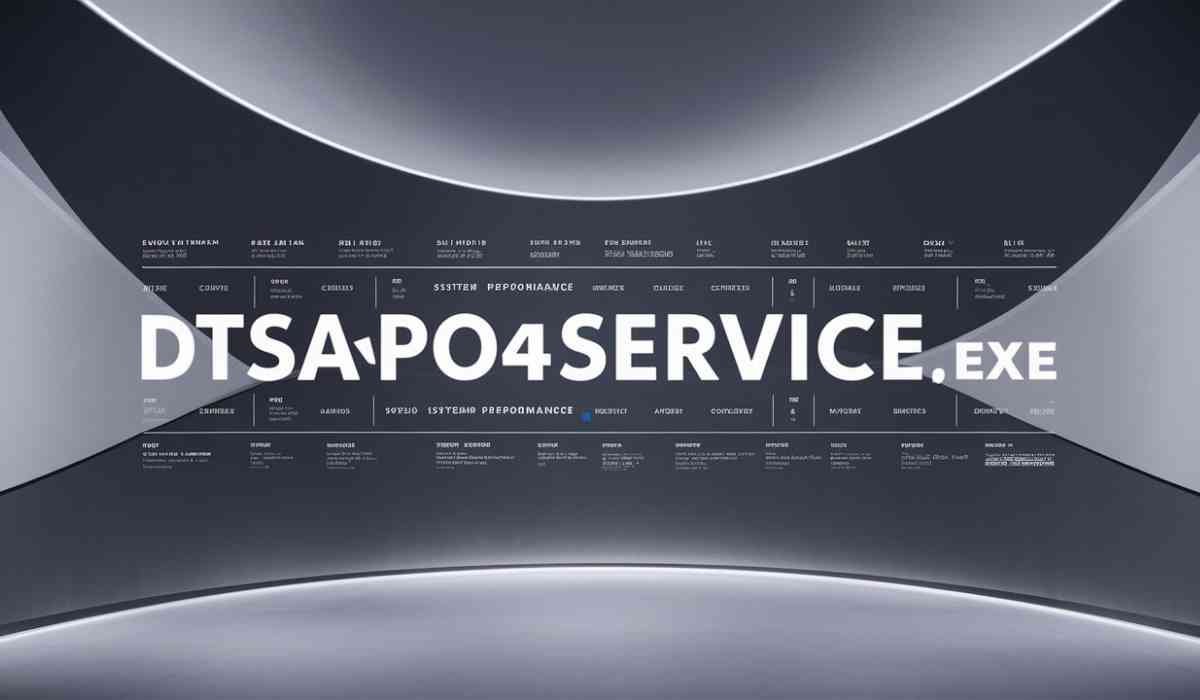High-Intensity Focused Ultrasound has made its mark as one of the most sought-after non-invasive beauty treatments in the aesthetic industry, gaining attention for its effective results. Serving as a non-invasive facelift solution, HIFU technology provides skin tightening, wrinkle removal, and collagen stimulation while being relatively low-risk.
For esthetician supply and equipment providers, selling HIFU devices has the potential to greatly increase business. Understanding HIFU before and after results enables clinics, spas, and beauty specialists to educate their clients on realistic expectations. This article explains how HIFU works, the transformation process, and the professional devices needed while also covering vital things to consider.
What Is HIFU and How Does It Work?
HIFU is an ultrasound procedure used for skin rejuvenation. It is a non-invasive facelift that uses ultrasound energy. It can also be referred to as simultaneous high-intensity focused ultrasound, relying on high-power ultrasound. What sets it apart from other medical devices is that it penetrates deep into the skin, targeting collagen in the deeper layers. HIFU differs from high-frequency lasers or radiofrequency treatments, which only target the dermis layer of the skin.
The Science Behind HIFU
· Ultrasound Waves: HIFU devices emit focused ultrasound waves. When the ultrasound waves are applied, thermal energy points are created under the skin.
· Collagen Regeneration: Collagen is stimulated, leading to firmer and more youthful skin over time. Although there is an initial delay, results continue to improve in the weeks following treatment.
· Non-Invasive Approach: The HIFU approach does not require traditional facelifts, meaning no recovery time, anesthesia, surgical procedures, or injections are needed. This makes it highly appealing to clients who want natural-looking facelifts without surgery.
For businesses specializing in esthetician supplies and equipment, offering high-quality HIFU devices ensures client satisfaction, successful treatments, and long-term profitability.
HIFU Before and After: What to Expect from Treatment
Understanding HIFU before and after results is essential for estheticians and beauty professionals. When expectations are clearly set, clients remain committed throughout the treatment process, leading to better results and higher satisfaction rates.
Pre-Treatment Guidelines
Before a HIFU session, clients should follow specific guidelines to maximize their results.
· Skin Assessment: A professional skin analysis determines whether the client is an ideal candidate for HIFU. It works best for mild to moderate skin laxity but may not be effective for severe sagging.
· Avoid Sun Exposure: Clients should minimize sun exposure and avoid tanning for at least one week before the procedure.
· Hydration: Properly hydrated skin allows better penetration of ultrasound waves, enhancing treatment effectiveness.
· No Active Skincare Ingredients: Clients should stop using retinoids, AHAs, and BHAs a few days before the session to prevent skin irritation.
The Step-by-Step HIFU Treatment Procedure
What Happens During a HIFU Session?
· Safety Precautions: A cooling gel is applied to the treatment area to enhance comfort and ensure smooth ultrasound energy delivery.
· Machine Setup: The HIFU device is adjusted to the required depth and power based on the client’s skin type and specific concerns.
· Treatment Phase: The esthetician uses the HIFU handpiece to apply focused ultrasound energy, which stimulates collagen production.
· Mild Sensations: Clients may experience a slight warming sensation or mild twitching, but HIFU is generally more comfortable compared to other aesthetic treatments.
· Time to Completion: A full-face HIFU treatment typically takes between 30 and 90 minutes, depending on the treatment area.
The Skin During Each Stage of Healing and Expectations After Treatment
HIFU results develop gradually over a period of two to three months, during which collagen production reaches its peak.
Immediate Results
· Reduction in Redness and Swelling: Clients may experience mild redness or swelling, which typically resolves within a few hours.
· Tightened Skin Sensation: Some clients notice an immediate improvement in skin tightness, though the most visible changes take a few weeks to develop.
Long-Term HIFU Before and After Results
· Week 2 – 4: The skin feels firmer and smoother as new collagen production increases.
· Month 2 – 3: Significant reduction in wrinkles and lifting of the jawline, cheeks, and forehead.
· 6 Months+: Maximum results are achieved, with the skin appearing contoured, lifted, and more youthful.
How Many Sessions Are Needed?
· Most clients require one to three HIFU sessions, spaced three to six months apart, for optimal results.
· Maintenance treatments once a year help sustain the benefits.
Is HIFU Worth the Investment for Estheticians and Beauty Clinics?
HIFU devices for beauty clinics and spas are a profitable investment for B2B businesses, offering a high return on investment and increasing client retention.
Why HIFU Is a Smart Business Investment
· High Demand for Non-Surgical Facelifts: With more clients seeking non-invasive anti-aging solutions, HIFU treatments are in high demand.
· Premium Pricing: Clinics can charge higher prices for HIFU treatments, increasing revenue.
· Loyal Customer Base: Since results develop over time, clients return for follow-up treatments, ensuring repeat business.
Choosing the Best HIFU Machine for Your Business
Investing in a high-quality HIFU machine is essential for ensuring client satisfaction and delivering consistent results.
Key Features to Look for in a HIFU Device
· Adjustable Treatment Depths: Customizable settings allow targeting of different skin layers, making treatments more effective.
· Multiple Cartridges: Additional cartridges for neck and body treatments expand service offerings.
· Cooling Technology: Built-in cooling systems enhance client comfort and prevent overheating.
· FDA & CE Certification: Ensures compliance with international safety standards.
· User-Friendly Interface: A touchscreen interface simplifies operation, improving workflow and productivity.
The Future of HIFU Technology in the Aesthetic Industry
With advancements in aesthetic technology, HIFU treatments are becoming even more efficient, personalized, and accessible. Emerging innovations include:
· AI-Powered Skin Analysis: Advanced HIFU devices automatically adjust power levels based on real-time skin assessments.
· Portable HIFU Devices: Compact and wireless HIFU machines for mobile estheticians and at-home treatments.
· Combination Therapies: HIFU integrated with RF (Radio Frequency) and LED technology for enhanced skin rejuvenation.
Conclusion
For esthetician supply and equipment providers, investing in HIFU technology is a profitable decision that aligns with the growing demand for non-surgical facelifts. Educating clients on HIFU before and after results helps build trust, enhance satisfaction, and increase treatment bookings.
By offering high-quality HIFU devices, beauty clinics, med spas, and estheticians can provide premium anti-aging solutions, positioning themselves at the forefront of the aesthetic industry. Keeping up with technological advancements and industry trends ensures continued business growth and client loyalty in the competitive beauty market.








